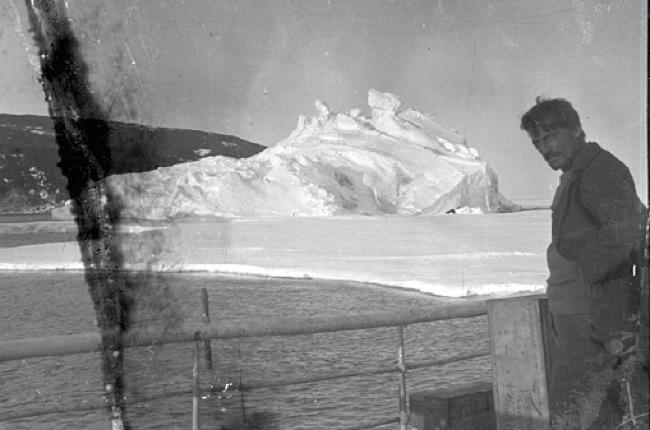
Photographers used to put film in the freezer to help keep them fresh, but it seems a cold environment can also help preserve it after it has been exposed. A team from the New Zealand Antarctic Heritage Trust, which are conserving an Antarctic exploration hut, have discovered a small box of undeveloped negatives frozen in a block of ice for almost 100 years. The film is believed to have been left by the Ross Sea Party of Sir Ernest Shackleton between 1914 and 1917.
Unfortunately the negatives suffered damage, but a photography conservator in New Zealand was able to process and preserve some of them. “It’s the first example that I’m aware of, of undeveloped negatives from a century ago from the Antarctic heroic era,” said Nigel Watson, executive director of the Antarctic Heritage Trust. “There’s a paucity of images from that expedition.”

The photographs show an interesting time in history, and show Antarctica as inhospitable then as it is now. The hut where the negatives were discovered was set up as a supply depot by explorer Robert Falcon Scott and his doomed Terre Nova Expedition (they reached the South Pole, but died from starvation and extreme cold). Shackleton’s party utilized the hut next, and although they encountered the same harsh conditions and fight for survival, they were eventually rescued. Three men died, however, one of them being the assumed photographer, Arnold Patrick Spencer-Smith.
You can read more about the photographs’ discovery at Imaging Resource.


